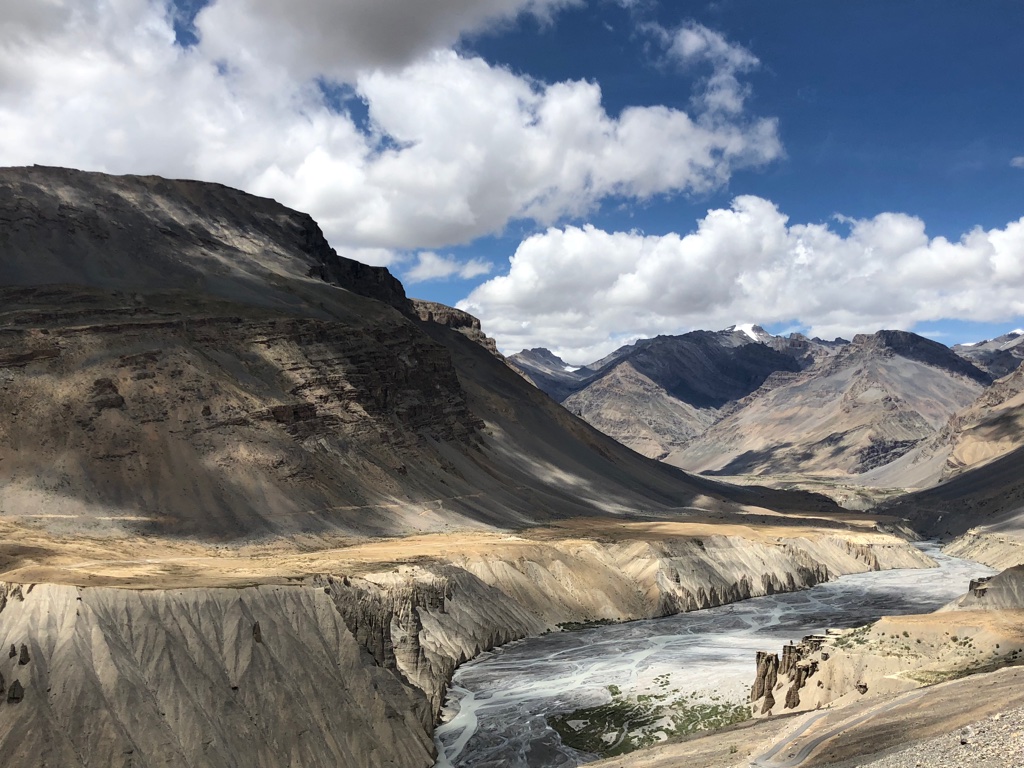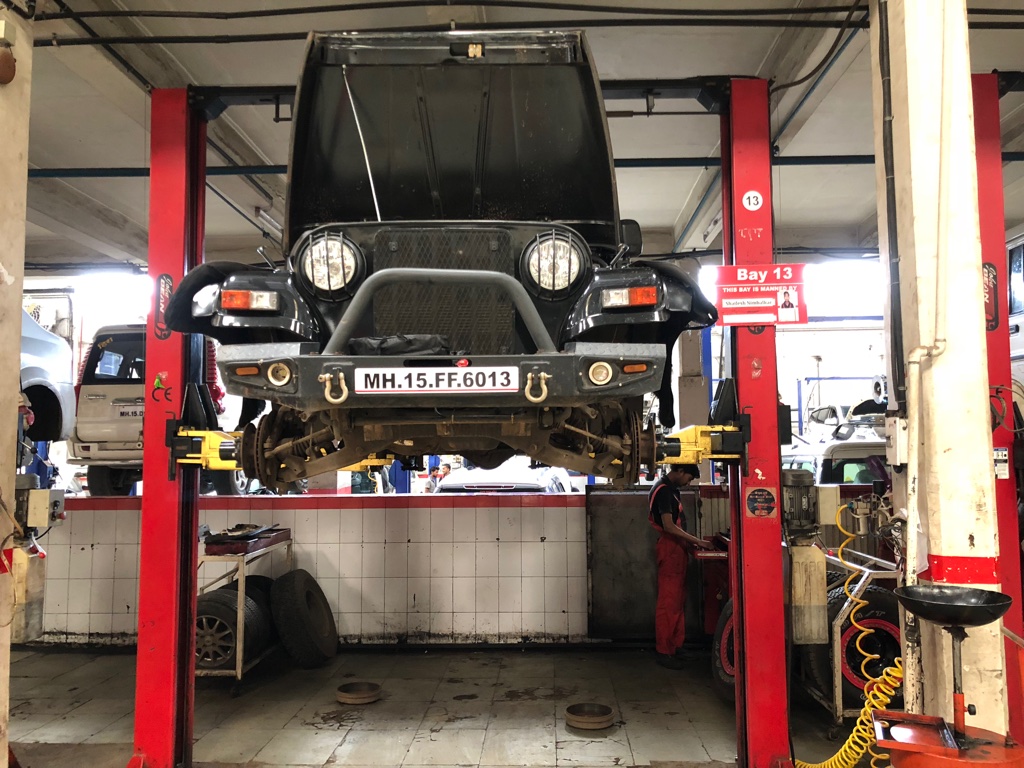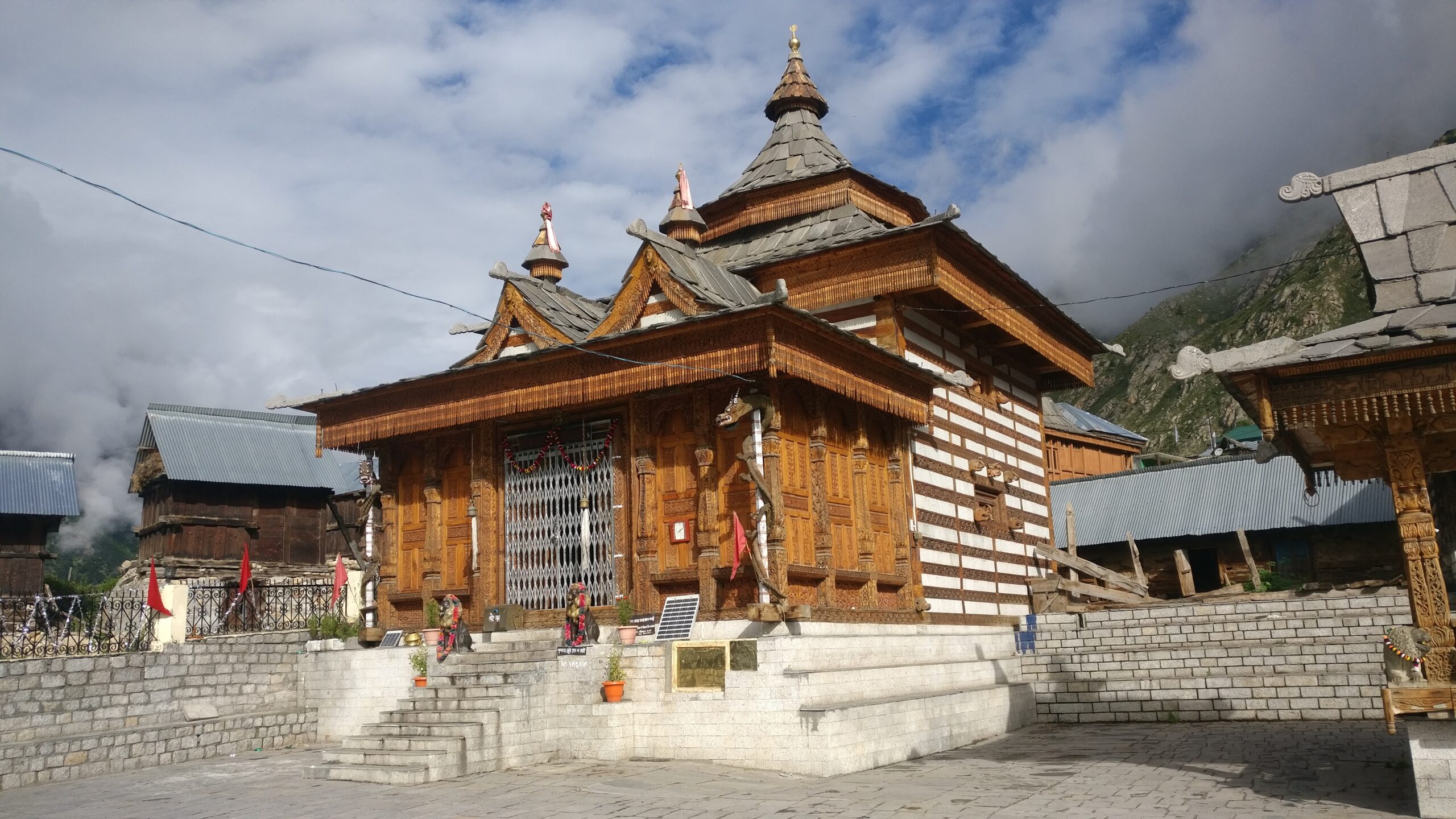
A trip to Spiti is unlike any trip you would have taken. It is an untamed land, full of surprises and unexpected events. Don’t get me wrong, it is the most wonderful and adventurous place I have ever been to. I prepped and planned for 6 months before I actually left for the trip.
For the benefit of first time Spiti travellers like me, I would like to summarise my top 5 learnings from the self-drive expedition in the month of August.
1. Over Planning is better than inadequate planning
Plan.. Plan..Plan. There are many explored and unexplored places in Spiti. It is heaven for road trippers, adventure junkies, trekkers, environmentalists, photographers and many more. You have to do your research and make your itinerary based on your preferences.
Keeping buffer days in hand is mandatory and not doing so is a critical mistake. This is important for 2 reasons;
1. You will face delays and hinderances in your trip, have no doubt. Buffer days helps to overcome these delays and
2. You will discover magical places during your visit. Having buffer day gives you the freedom to stay back and enjoy a place that you truly fall in love with.
Very few mobile networks work in Spiti and these too have patchy network almost throughout the valley. When I visited, only BSNL was providing mobile network. Check the available networks and carry the SIM cards accordingly.
2. That said.. keep Plans Flexible
Although I speak of making plans, remember that Spiti is an unpredictable land. The best laid out plans can go topsy turvy. Landslides, breakdowns, bad weather… there’s no end to the list of problems you can encounter.
A hard-earned lesson is to be flexible with your plans. You might have to stay put at a place for a few days, or cancel visiting a place altogether, or maybe spend a night on the road. Don’t worry.. take it in your stride. A trip to Spiti cannot be planned and controlled like a drive on the expressway. It’s part of the charm of Spiti.
3. Be Prepared

Remember the Scout motto “Be Prepared”.
Well, nowhere is it more true than in visiting Spiti. I spent the best part of 2 months in getting prepared.
I started by preparing my vehicle. Complete servicing was done, spares and tools including air pump and tow rope were assembled. I even took easy DIY lessons with mechanics to allow me to troubleshoot small problems myself. During the drive, I needed some small electrical repairs and I was unable to find a mechanic for 4 days. Finally I found a mechanic in Kaza who did the work for me. Mechanics are few and far in-between and so knowing your vehicle will always be helpful.
Read my detailed blog on how I prepared by Thar for my Spiti trip by clicking here.

Next, I worked on getting my personal packing done. You have to maximise space utilisation on a long trip and so clothes, toiletries, medicines, shoes etc. have to be carefully chosen. Pay special attention to specific medicines you need, as getting these in Spiti are very difficult.
In term of bags, carry your things in trekking bags or bags which are easy to carry. Your stay could be at different floors, and the last thing you want is to be lugging suitcases up the stairs, especially in low oxygen areas. Don’t expect bell boys and valets in any of the smaller towns.
P.S. Remember that at high altitudes, UV exposure increases about 4% for 1000 ft gain in elevation. You can easily get sunburnt on a hot day. So if you are planning to visit Spiti in a season other than winter, remember to carry effective sunscreen.
4. Prepare for low oxygen atmosphere
You already know that high altitudes have lower oxygen content, which can lead to Hypoxemia. Confusion, restlessness, headaches, shortness of breath, rapid breathing, dizziness and lightheadedness are all signs of oxygen deprivation and need to be taken seriously.
I carried small oxygen tanks, the size of a shaving cream can (Refer below pic). They cost me around Rs. 600 each. Fortunately, I didn’t need to use these. However, I took the advise of experienced people and kept some camphor pieces inside my car cabin. It really helped in maintaining the oxygen levels inside the car cabin.

Another way of avoiding this problem is to gain altitude gradually. It gives your body time to acclimatise to the low oxygen. If you land into a high altitude area directly, it is always advisable to rest for 1-2 days and let the body acclimatise to the low oxygen.
5. Stay Hydrated
One of the important mistakes that one makes in high altitude and cold atmosphere is to not drink enough fluids. Getting dehydrated is a life threatening issue. This is because since there is not as much oxygen at this high level, you will feel your respiration rate going up and your body will lose water much faster than it would at sea level – even if you are not physically active.
So remember to monitor your liquid intake and drink lots of water.
Finally,
Don’t be a Gama, in the land of Lama
A popular quote in Spiti
I hope that you will find the above pointers helpful. In conclusion, go prepared and enjoy the trip. You will find loads of helpful locals and travellers alike. Enjoy the amazing place and be safe!!

Comments are closed